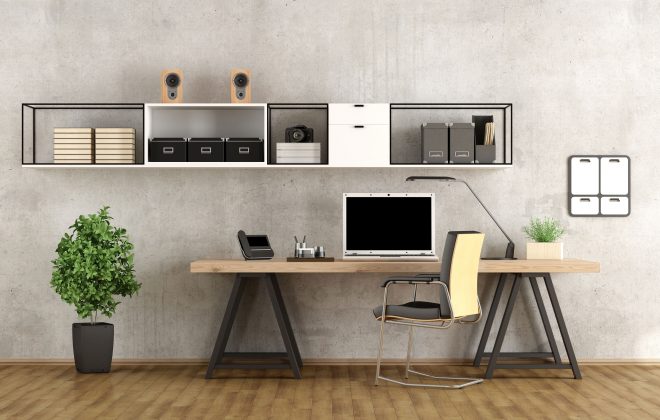Alternative Work Arrangements: How To Take Care of Your Workforce
The two month long community quarantine has challenged every sector of the country to make very drastic changes in efforts to adjust to ‘the new norm’. Previously silent Business Continuity departments were all awakened by the hard nudge of COVID-19. Overnight, they had to adjust to work arrangements that they were not ready for. Earthquakes, storms, we were prepared for; pandemics were at the back of our minds, it was at the bottom of lists.
We took a look at the most prepared and saw how they are coping. How did companies stay afloat at this time? What are the best practices? How can you protect both your employees and your institution?
Work From Home

Definitely, those who have the capacity to work from home did. And we see them as the most resilient in terms of Alternative Work Arrangement. We see this most prevalently among the Multinational and BPO sectors in the country, and it is mostly because they have the most advanced methods of communication and data transmission. As far as minimizing risk is concerned, WFH is always your best bet. It removes travel, face to face transactions and workplace transmission in the equation. Because of reduced operational costs, most employers have gone into subsidizing network consumption; some have even explored the permanence of such work set-up.
Stay-in Workforce

One alternative work arrangement that employers are looking into now that the government has eased some of its ECQ guidelines (see: DOLE Interim Guidelines) is the establishment of a stay-in workplace arrangement. This is especially feasible for manufacturing plants and labor jobs (such as construction and agriculture) especially with the lack of reliable transportation. This Alternative work arrangement requires employers to allow employees to stay in the office facilities, and to provide them with proper and clean areas to live in.
Companies such as MD Gruppe have been openly offering beds and other items such as portable sinks and storage solutions to companies who need to fulfill this alternative work arrangements’ requirements. Of course, employers need to also make sure that their facilities comply with the government’s workforce requirements including: proper physical distancing and regular disinfection of frequently used equipment.
Apart from reducing contact rates, DOLE measures also enjoins employers to help keep their employees healthy through provision of vitamins, medicines, sanitizers, PPEs and mental and physical counseling.
Shortened work hour and Rotational shifts

If the previously mentioned alternative work arrangements do not suit your business type or capacity then a feasible solution would be to cut hours and create shifts. This minimizes contact exposure (especially if your workforce is large) and definitely keeps everyone within the payroll. If you have lesser people at any point of time, there’d be more opportunity to keep their distance from each other. Workstations can also be designed to accommodate advised distancing requirements.
Same sanitation rules apply to this alternative work arrangement. But, with people stepping in and out every once in a while, the use of more stringent methods may be advised. Additional sanitation steps such as removal of outside clothes and items and shoe disinfection are not out of the question. A good foot bath and storage racks may be a good investment for this option.
Going Digital

The value of face to face interaction cannot be understated, but companies whose primary business is interaction may want to look at digitizing their work. Areas that may find this beneficial are the continuing education arena, news, media and item servicing among others. Online seminars and help lines are ways we see this transformation happening. Keep your workforce safe from up-close (and unnecessary) contact by setting up video, streaming, chat and call-in systems. This way, you can retain your customers without having to lose your top notch service.
Pretty soon, this will all be over and things will revert back to normal. But then again, we may find that some arrangements will perpetuate as part of the new norm. Read more about DOLE’s guidelines here.













